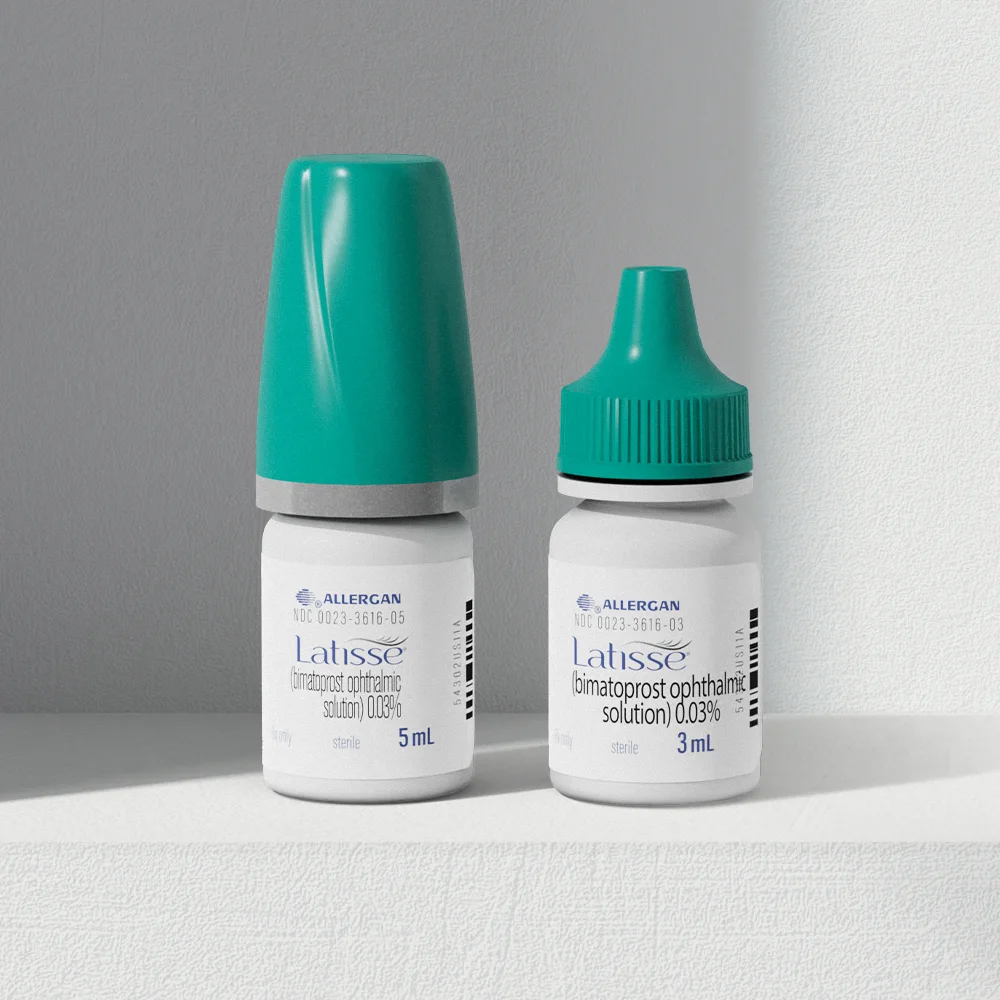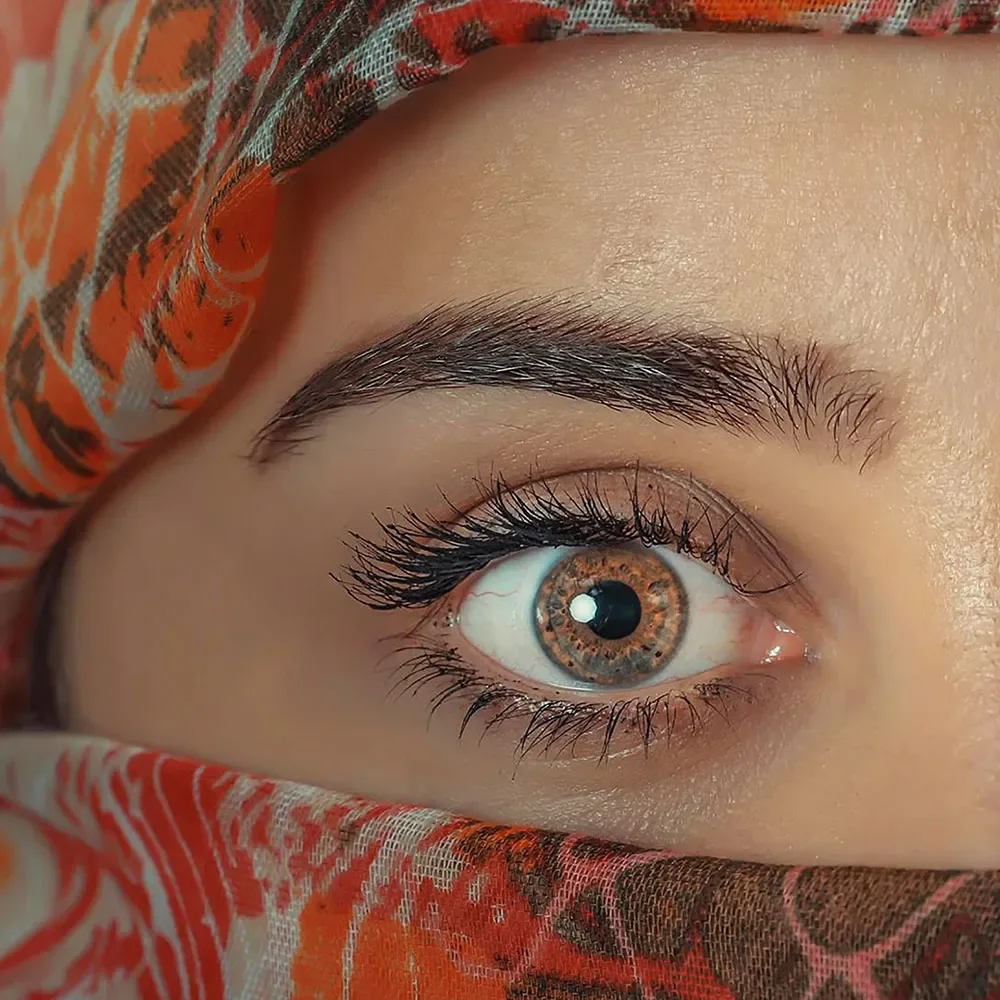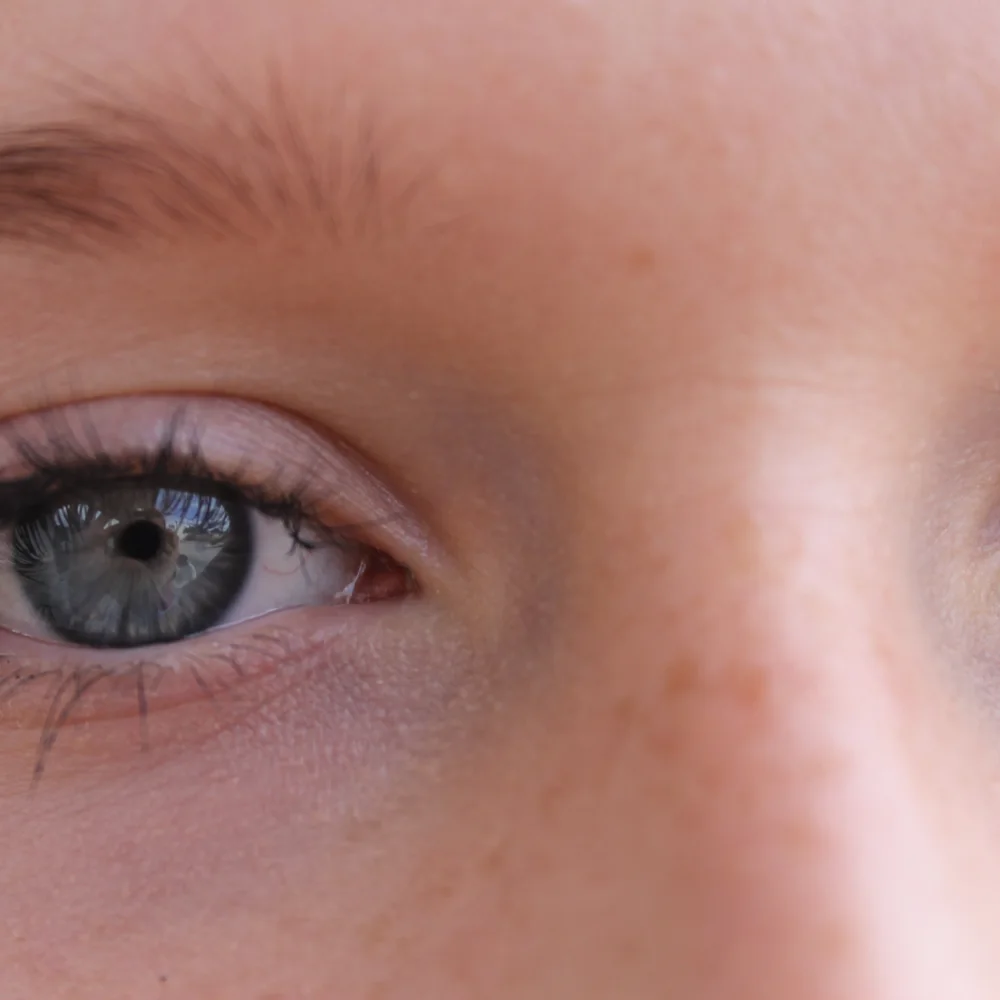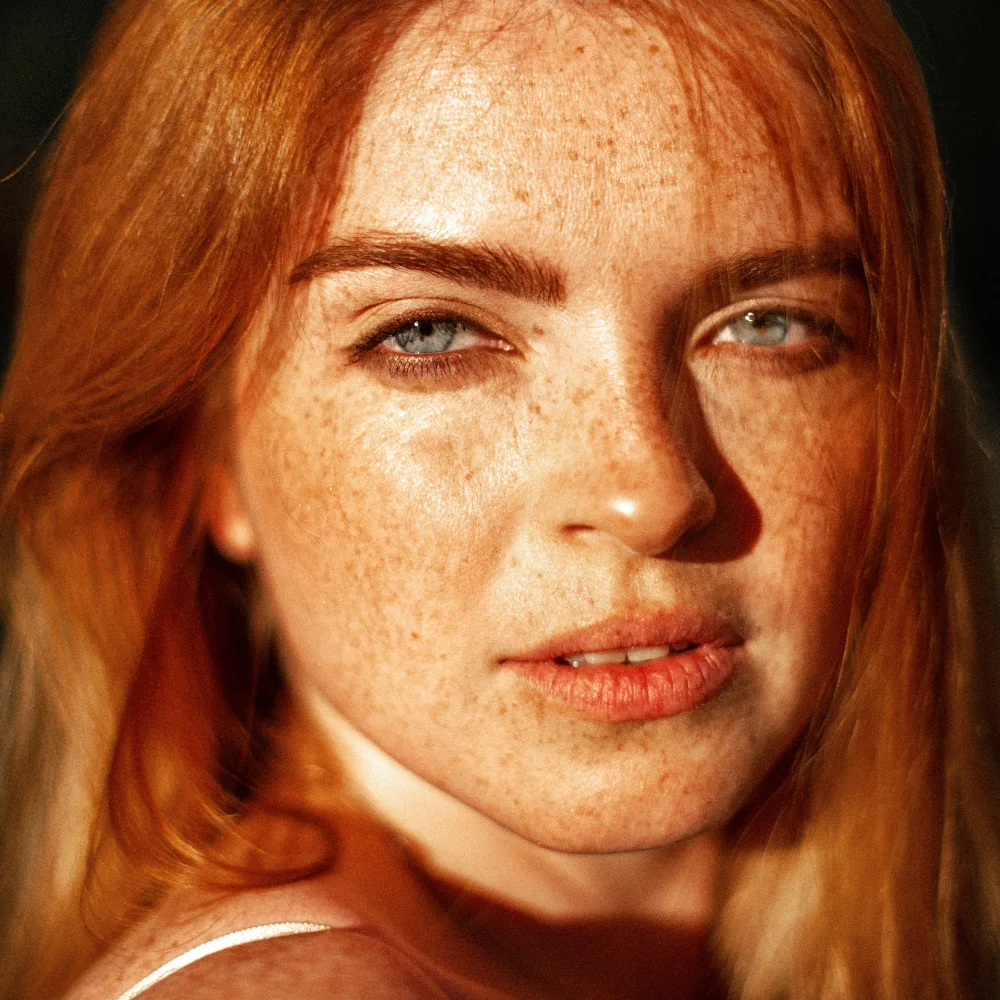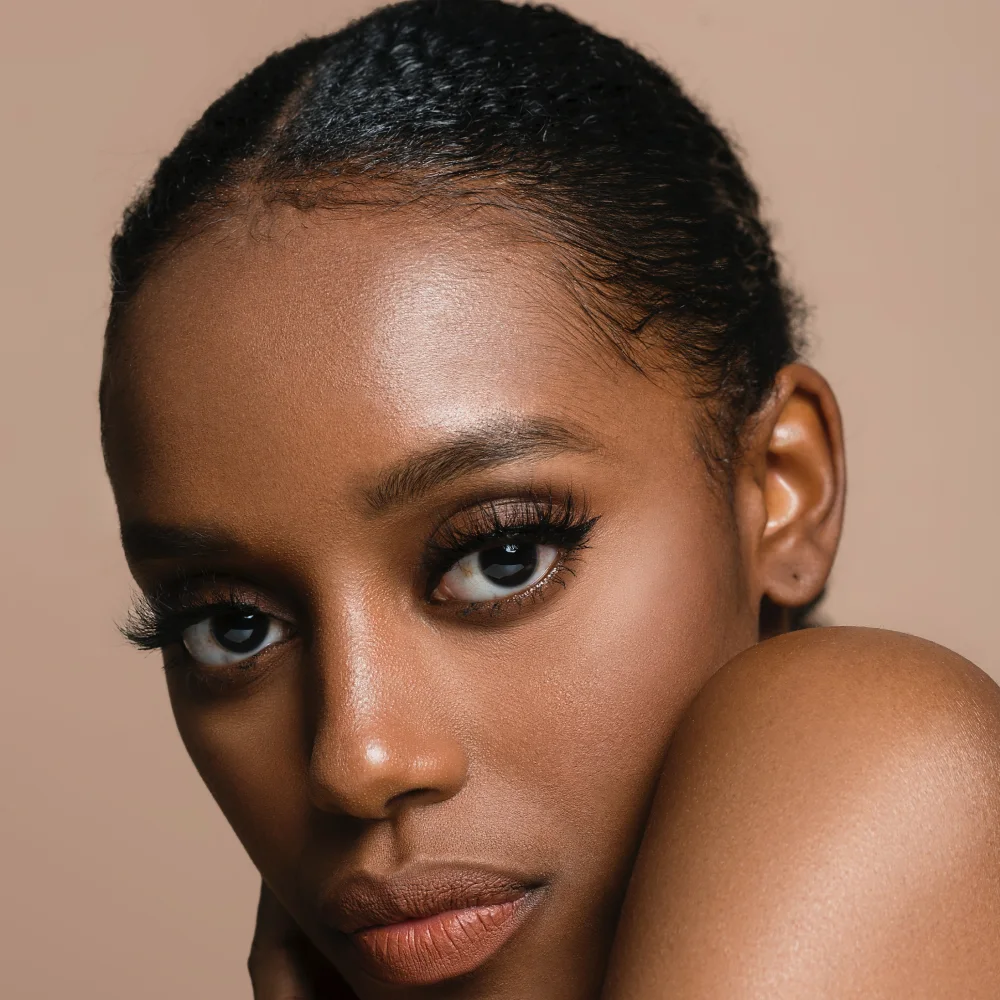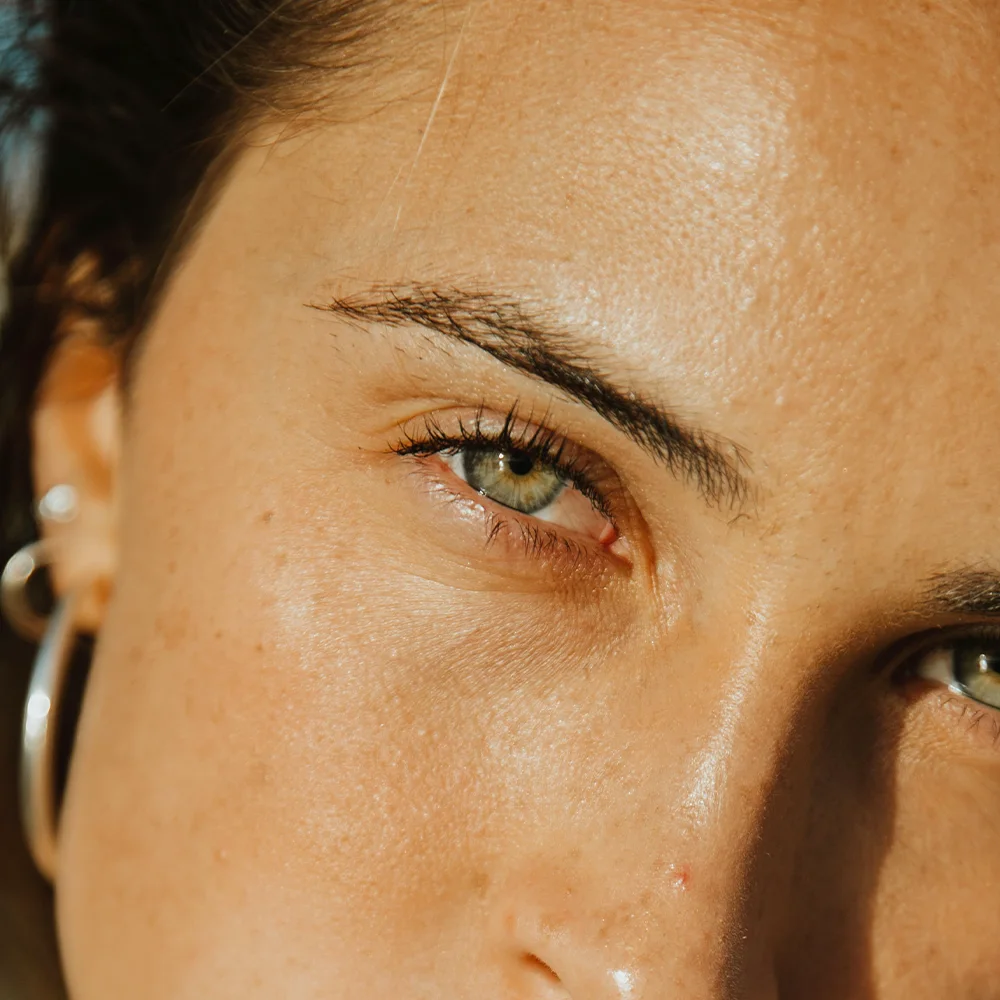Here's what we'll cover
Here's what we'll cover
If you search online for images of cute or beautiful creatures, whether human or not, you’ll find that they often have long, full eyelashes. Since ancient times, people have used many different chemicals and preparations to thicken, darken, and lengthen their lashes to beautify their appearance.
Eyelash extensions are a semi-permanent way of making eyelashes look longer, fuller, and more luxurious without needing to use mascara, false eyelashes, or other eyelash products.
What are eyelash extensions?
Eyelash extensions are semi-permanent, false lashes that add length, thickness, and fullness to your lashes. While standard false eyelashes come with all the lashes attached in a single strip, eyelash extensions are individually curled, lash-like hairs. Eyelash extensions are made from different types of materials. They can be natural (silk or mink) or synthetic (plastic fibers or faux mink) (Mukamal, 2018).
The average lash count of the upper eyelid is between 90 to 160 per eye (Patel, 2019). Each eyelash extension is attached individually and “mated” to your natural eyelash using a non-irritating surgical or waterproof eyelash glue that’s made to repel sweat and your body’s oils in the eye area. Because each lash is applied individually, it can take several hours to complete your look with a full set of eyelashes (Mukamal, 2018).
Depending on your facial structure and eye shape, you can double or triple your lashes with extensions. The extensions come in different styles with variations in curl, length, and thickness so you can customize your look.
How long do eyelash extensions last?
Your natural eyelash growth cycle lasts between four and ten weeks (Patel, 2019). Eyelash extensions are designed to remain attached to your natural lash and last for most of your lash growth cycle. Most people usually go once a month to fill in any gaps if any of their natural eyelashes fall out (Rhue, 2020).
With proper maintenance of your eyelash extensions, you can often keep them looking natural, clean, and fresh for longer, up to two months.
What to expect when getting eyelash extensions applied
If you’re planning to get your first set of eyelash extensions, expect to leave yourself a few hours for the appointment. They typically take at least two hours to apply (Rhue, 2020).
You will lie back in a comfortable position. Your eyes will be closed during the application, so you won’t be able to look at your phone or read. Some facilities play music, but you might choose to listen to a podcast or your own music while having your lashes applied.
If you live in the US, there is no federal oversight on eyelash extension application or removal. You may want to check with your state to see what regulations apply to lash artists (AAO, 2013). Still, it’s recommended to have your eyelash extensions applied by a certified lash technician who received training in eyelash extensions. Professions that do eyelash extensions include aestheticians, cosmetologists, lash stylists, or medical professionals (Lashout Pro, 2018).
Here are some tips for your first appointment:
Before you go, remove all your eye make-up.
You’ll close your eyes for the next two hours or so.
Your lash artist will gently cleanse your upper and lower eyelids.
They will then tape your lower lashes to your skin with surgical tape to avoid gluing your lower lashes to your upper lashes.
They will then separate or isolate your natural lashes with a tweezer or other tool.
They will then attach an eyelash extension to the top of your separated lash with a tiny drop of medical or surgical grade glue.
Your lash artist will repeat this sequence for each lash for both eyes.
Most lash extensions fall out on their own from your natural eyelash growth and shedding cycles (Patel, 2019). If you want to remove them earlier, have a professional do it to preserve the integrity of your natural eyelashes.
The do’s and don'ts of caring for your eyelash extensions
You’ve invested two or more hours for your eyelash extension application and paid out a few hundred dollars. Your lashes look gorgeous. But you can’t just “set it and forget it.” They require a bit of maintenance to keep them looking good and prevent any eye infections. Eyelash extensions are meant to last for about a month. By following these do’s and don’ts, you can make them last for up to six to eight weeks (Rhue, 2020).
The do’s
For the first 24-48 hours, you shouldn’t get your lash extensions wet. Your lash artist may tell you to avoid showering or washing your eyes. Water weakens the glue and can cause your new lash extensions to fall out.
After those first crucial days where you will be careful not to touch your new lash extensions, you will need to clean your lashes. Cleaning your lash extensions is essential to prevent eye infections and irritation. You’ll need to clean the residue that builds up by your lash line.
You should gently brush your eyelash tops (where the curl is) with a clean, soft, dry spoolie (a mascara brush) every day. You may want to hold your lashes with a freshly washed finger as you brush the tops.
Every three days, raise your face to your gentle shower so the warm (never hot) water can run over your forehead and rinse the lashes. Or, you can wash them with distilled water or a special eyelash extension cleanser.
Do modify your skincare routine. Only use non-waterproof eye makeup and use a non-oil-based makeup remover.
The don'ts
Don’t use oil-based eye creams and makeup removers. Oil-based products loosen the adhesive and may remove eyelash extensions.
Don’t use an eyelash curler. These may pull out your lash extension. If you like a curly look, you can choose highly curled eyelash extensions.
Don’t use any mascara or waterproof eye makeup. There are “extension-safe” mascaras, but they can remove your lash extensions. Waterproof mascara softens eyelash extension glue.
Don’t rub your eyes, no matter how good it might feel—rubbing damages both your natural lashes and extensions.
Don’t pick or try to remove your lash extensions. This causes tearing and breaking of your natural lashes.
Be careful with powder eyeshadows and facial powders. The powder can adhere to the lash extension glue and build up.
Don’t sleep on your stomach. Try to sleep on your back when you have eyelash extensions. Side or stomach sleeping can crush your extensions, making them break sooner.
Don’t overdo or cluster eyelash extensions. If you like a super voluminous look, some lash techs add extra extension hairs to a single natural eyelash. These additional extensions add weight and will pull on your natural lash, which can cause permanent damage.
What are the risks of getting eyelash extensions?
Some people are sensitive to eyelash extension material or glue ingredients. A common complication of eyelash extensions is an allergic reaction. You may have (Wan, 2021):
Itching
Pain
Rash on your eyelids
Red or bloodshot eyes
Stinging and burning in your eye and on your eyelids
Swelling of your eyelids
Other risks include a temporary or permanent loss of your natural lashes or an infection in your eye on the cornea or eyelid (Wan, 2021).
If you are allergic to cats, opt for synthetic eyelash extensions rather than mink (Rhue, 2020).
Nine things to do to lower your risk
You can avoid these risks and complications by doing these nine things before getting your eyelash extensions (Mukumal, 2018).
Check out the lash studio before you go. Read the reviews and choose a place that has a good reputation.
After you’ve vetted the facility and made your appointment, ask questions. Make sure your lash artist is a professional certified to do eyelash extensions.
Ask what type of glue they use. If the salon uses nail glue, stay away. Eyelash extensions should only use surgical or medical-grade adhesive.
Ask if there is formaldehyde in the adhesive. Formaldehyde can cause allergic reactions and skin irritation.
Ask if they sterilize their equipment.
If you have allergies or sensitive skin, see if you can do a patch test with the glue they use a day or so before getting your eyelash extensions. This involves putting a small amount of eyelash extension adhesive on your arm and watching if your skin gets red, itchy, or swollen.
If you’re allergic to latex, ask them if they use latex gloves or any products with latex in them. If they do and they can’t use an alternative for you, do not use this facility.
When you come to the facility, make sure it is clean, with a fresh, clean towel or bedding for each client.
Make sure your lash artist washes their hands thoroughly, wears a mask, and uses sterilized equipment.
Who shouldn’t get eyelash extensions?
Some people with certain skin conditions should not get eyelash extensions as the chemicals in the adhesive, adhesive remover, or even the lash extension itself can aggravate the skin. Others may not be a good candidate for eyelash extensions because their natural eyelashes are too fragile, sparse, or missing altogether. If you are considering getting eyelash extensions, speak to your healthcare provider beforehand if you have (Wan, 2021):
Alopecia areata
Blepharitis
Chemotherapy
Eyelid dermatitis
History of allergy to eye makeup
LASIK surgery scheduled
Trichotillomania
Weighing the pros and cons
Eyelash extensions make your eyelashes look fuller, thicker, and longer without any makeup, which is an attractive perk for many people. You’ll need to invest some time and money before getting them, and they do require some routine maintenance to keep them looking great. But eyelash extensions can affect your eyes, so make sure your facility is reputable, your lash tech is certified, and you feel comfortable doing this beauty treatment. If you experience any redness, itching, or swelling, contact your healthcare provider.
DISCLAIMER
If you have any medical questions or concerns, please talk to your healthcare provider. The articles on Health Guide are underpinned by peer-reviewed research and information drawn from medical societies and governmental agencies. However, they are not a substitute for professional medical advice, diagnosis, or treatment.
American Academy of Ophthalmology (AAO). (2013). American Academy of Ophthalmology warns consumers about the dangers of eyelash extensions. Retrieved from https://www.aao.org/newsroom/news-releases/detail/american-academy-of-ophthalmology-warns-consumers-
LashOut Pro. (2018). State requirements for eyelash extensions. LashOut Pro. Retrieved from https://lashoutpro.com/eyelash-extension-state-requirements/
Mukamal, R. (2018). Eyelash extension facts and safety. American Academy of Ophthalmology . Retrieved from https://www.aao.org/eye-health/tips-prevention/eyelash-extension-facts-safety
Patel, B. C., Lopez, M. J., & Joos, Z. P. (2019a). Anatomy, head and neck, eyelash. In: StatPearls [Internet] . Retrieved from https://www.statpearls.com/ArticleLibrary/viewarticle/44002
Rhue, H. (2020). Every question you’ve ever had about lash extensions, answered. Byrdie . Retrieved from https://www.byrdie.com/lash-extension-tips
Wan, LHI. (2021). Eyelash extensions. American Academy of Ophthalmology: EyeWiki . Retrieved from https://eyewiki.org/Eyelash_Extensions


